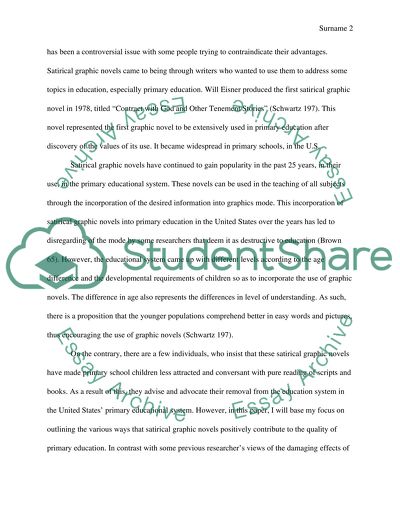Cite this document
(“Contributions of Satirical Graphic Novels to the quality of Primary Essay”, n.d.)
Retrieved from https://studentshare.org/education/1397376-contributions-of-satirical-graphic-novels-to-the-quality-of-primary-education-in-the-us
Retrieved from https://studentshare.org/education/1397376-contributions-of-satirical-graphic-novels-to-the-quality-of-primary-education-in-the-us
(Contributions of Satirical Graphic Novels to the Quality of Primary Essay)
https://studentshare.org/education/1397376-contributions-of-satirical-graphic-novels-to-the-quality-of-primary-education-in-the-us.
https://studentshare.org/education/1397376-contributions-of-satirical-graphic-novels-to-the-quality-of-primary-education-in-the-us.
“Contributions of Satirical Graphic Novels to the Quality of Primary Essay”, n.d. https://studentshare.org/education/1397376-contributions-of-satirical-graphic-novels-to-the-quality-of-primary-education-in-the-us.


